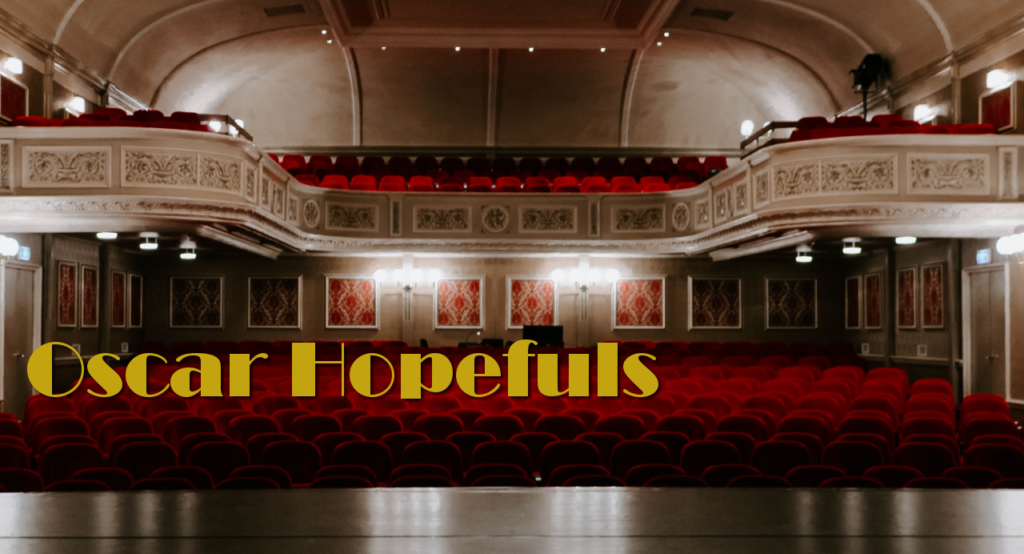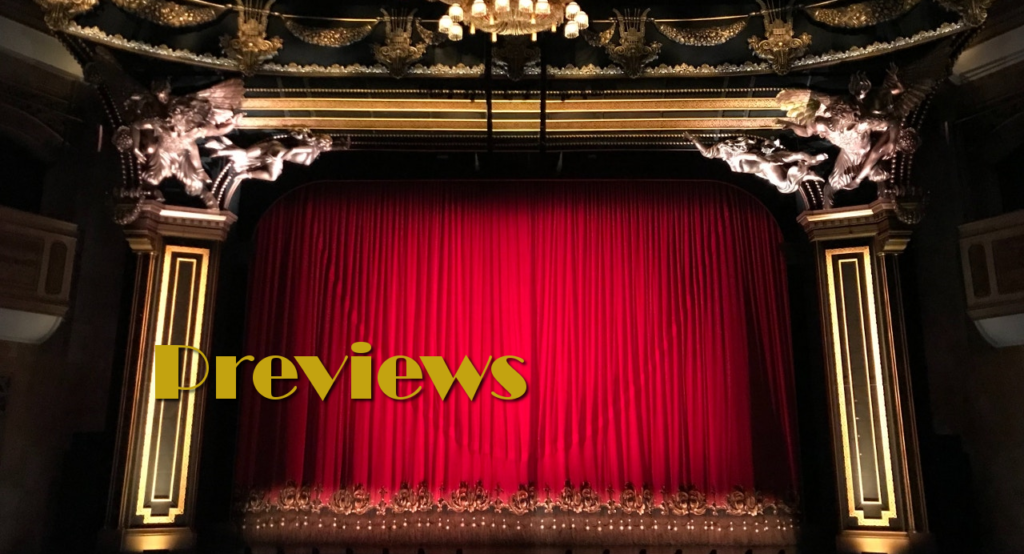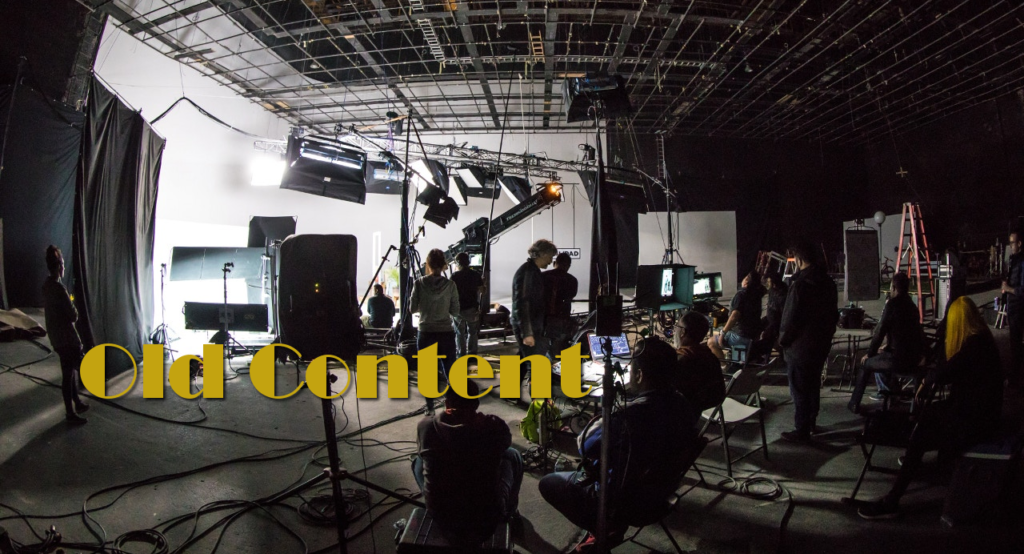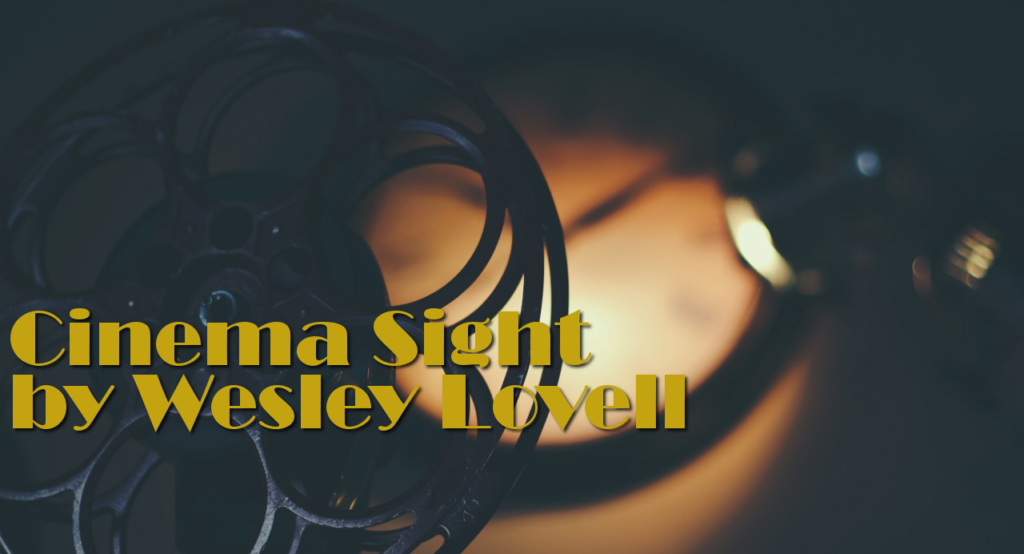 The Academy of Motion Picture Arts and Sciences doesn’t bestow many career achievement awards. When they do, they’re usually reserved for legendary stars like Fred Astaire, Cary Grant, Barbara Stanwyck, Myrna Loy, Deborah Kerr and Peter O’Toole or directors like Howard Hawks, King Vidor, Blake Edwards and Sidney Lumet who might otherwise not have an Oscar. In recent years, AMPAS has made a concerted effort to spread the wealth to people in other fields of endeavor, such as Jack Cardiff for cinematography and Ernest Lehman for writing. This year they chose to give an honorary award to 98-year-old retired art director and production designer Robert F. Boyle. Who is Mr. Boyle and what did he do? The short answer is: he was the man responsible for the look of a wide range of films from those of Alfred Hitchcock to those of Norman Jewison. The long answer is this explanation from Wikipedia: An art director, in the hierarchical structure of a film art department, works directly below the production designer, and above the set designer and set decorator. A large part of their duties include the administrative aspects of the art department. They are responsible for assigning tasks to personnel, keeping track of the art department budget and scheduling, as well as overall quality control. They are often also a liaison to other departments; especially the construction department. In the past, the art director title was used to denote the head of the art department (hence the Academy Award for Best Art Direction). On the movie Gone With the Wind, David O. Selznick felt that William Cameron Menzies had such a significant role in the look of the film, that the title Art Director was not sufficient, and so he gave Menzies the title of Production Designer. The title has become more common, and now Production Designer is commonly used as the title for the head of the Art Department, although the title actually implies control over every visual aspect of a film, including costumes. Boyle was associate art director on such legendary films as The Wolf Man, Saboteur and Shadow of a Doubt while alternating as the lead art director on other prestige films along with many B-films of the 1940s. Among his outstanding achievements during this period was his work on Flesh and Fantasy; For the Love of Mary and An Act of Murder. Striking art direction is the hallmark of Julian Duvivier’s tales of the occult featured in 1943’s Flesh and Fantasy. The first segment, featuring Robert Cummings and Betty Field, is set in New Orleans at Mardi Gras time; the second with Edward G. Robinson and Thomas Mitchell, based on a story by Oscar Wilde, revolves around a fortune teller; the third set in a circus features Charles Boyer and Barbara Stanwyck. Boyle’s eerie sets provide the atmosphere needed to put the film over. The centerpiece of Freddy De Cordova’s For the Love of Mary, Deanna Durbin’s 1948 swan song, is an elaborate White House switchboard set. There is also an impressive restaurant set where much of the action of this frothy comedy takes place. Edmond O’Brien, Don Taylor, Jeffrey Lynn, Ray Collins, Harry Davenport and Louise Beavers co-star. A quaint small town, a courtroom, a mansion, a diner and a long winding road are among the sets Boyle handsomely constructed for Michael Gordon’s 1948 film, An Act of Murder. Fredric March stars as the small town judge who may or may not be guilty of mercy killing his terminally ill wife, Florence Eldredge, March’s spouse in real life as well. The supporting cast includes Geraldine Brooks and the ubiquitous Edmond O’Brien. Boyle’s 1950s credits as an art director were all on B movies. Having cut his teeth on Alfred Hitchcock’s Saboteur and Shadow of a Doubt, it’s fitting that he received his first credit as production designer at the end of the decade for Hitchcock’s 1959 masterpiece, North by Northwest, the film for which he won the first of his four Oscar nominations. One of Hitchcock’s best, North by Northwest has a literate screenplay, world class actors (Cary Grant, James Mason, Eva Marie Saint, Martin Landau, Leo G. Carroll and Jessie Royce Landis), marvelous action sequences (the car, the crop-duster, Mount Rushmore) and the most elaborate sets ever constructed for a Hitchcock film. Boyle outdid himself with mock-ups of the Oak Bar at New York’s Plaza Hotel, two big rooms at the United Nations, libraries, courtrooms, police stations, train cars and, of course, Mount Rushmore and its nearby cafeterias and forests. Boyle’s work on Hitchcock’s 1963 film The Birds wasn’t impressive in the same style. Filmed largely in Northern California’s Bodega Bay, the film had lots of natural beauty going for it – along with those thrilling special effects, but Boyle’s sets – the pet store, the general store, the house, were quietly impressive in their own way. Nominated for four 1967 Oscars, Richard Brooks’ film of Truman Capote’s In Cold Blood captured those honors for direction, screenplay, cinematography and score. It failed to receive two that it should have – Best Picture and Art Direction for Boyle’s sparse, but evocative work – the house, the jail, the hangman’s pedestal. Boyle outdid himself with the sets for Norman Jewison’s 1969 film Gaily, Gaily for which he finally won his second Oscar nomination after a ten-year wait. The film, based on legendary playwright Ben Hecht’s early days as a reporter in teeming 1910 Chicago, begins in a small town, for which Boyle had to construct the typical country sets. As Beau Bridges portraying the young Hecht, renamed Harvey in the film, moves to Chicago, the pace and the construction picks up significantly. Here we find an elaborate train station, bustling city streets with advertising and graffiti applicable to the times, a newspaper office and a lavish whorehouse run by Melina Mercouri. Boyle worked with Bridges again on Hal Ashby’s seminal 1970 film, The Landlord, in which Bridges plays an upwardly mobile white dude initially intent on evicting his building’s black tenants in order to gentrify the building in Brooklyn’s Park Slope. The film is most notable for its supporting cast including Lee Grant, in an Oscar-nominated performance as Bridges’ mom, Pearl Bailey and Diana Sands. Boyle’s apartment sets are appropriately run down. Boyle re-teamed with Norman Jewison on 1971’s Fiddler on the Roof, for which his third Oscar nomination was one of the eight the film received. Boyle’s work on this film was phenomenal, having designed and built the entire village of Anatevka, as well as the surrounding countryside, along with meticulously constructed interiors. Starring Topol and Norma Crane, and featuring a superb score by Sheldon Harnick and Jerry Bock, this was one of the more successful transfers of a beloved Broadway musical, due in no small part due to Boyle’s contributions. He designed the modern ranch sets for the 1973 TV movie, The Red Pony, a superior version of the famed novel than the 1949 theatrical film, with superb performances by Henry Fonda and Maureen O’Hara. There isn’t much to be said for Gene Saks’ 1974 film version of Mame, with its hideous lead performance by a lame-footed, tin-eared, croaking Lucille Ball, except for the fabulous art direction, set design and costumes each under Boyle’s supervision. Boyle and his team wonderfully recapture the period from the roaring 20s through the more conservative 50s. The film may be torture on the ears, but it’s heaven on the eyes. Boyle won his fourth and final Oscar nomination for invoking the dusty western town of Don Siegel’s 1976 film The Shootist. This was a little strange because the thing that most people remember about the film is John Wayne’s performance as a man dying of cancer, especially in light of the fact that Wayne himself died of the disease three years later without having made another film. When it came around to year-end awards, however, it was Ron Howard who was singled out by the Golden Globes for his supporting performance and Lauren Bacall who was singled out by BAFTA for a Best Actress nod. Instead of rectifying those wrongs, the Academy gave its only nod to the film to Boyle. Boyle’s recognition was not undeserved, but odd that he was nominated while Wayne was not. Boyle’s later work included distinctive sets for such diverse projects as Winter Kills, The Best Little Whorehouse in Texas, and Explorers, in which he also acted. His last film was 1991’s The Suspended Step of the Stork, a Greek production with an international cast headed by Marcello Mastroianni and Jeanne Moreau. Boyle was married to Bess Taffel, Hollywood writer of the 1940s who was blacklisted in 1951. She died in 2000 at the age of 86, the year he was the subject of the 2000 Oscar-nominated documentary The Man on Lincoln’s Nose. -Peter J. Patrick (March 11, 2008) |
Buy on DVD!
|
The DVD Report #45
by
Tags:


















Leave a Reply